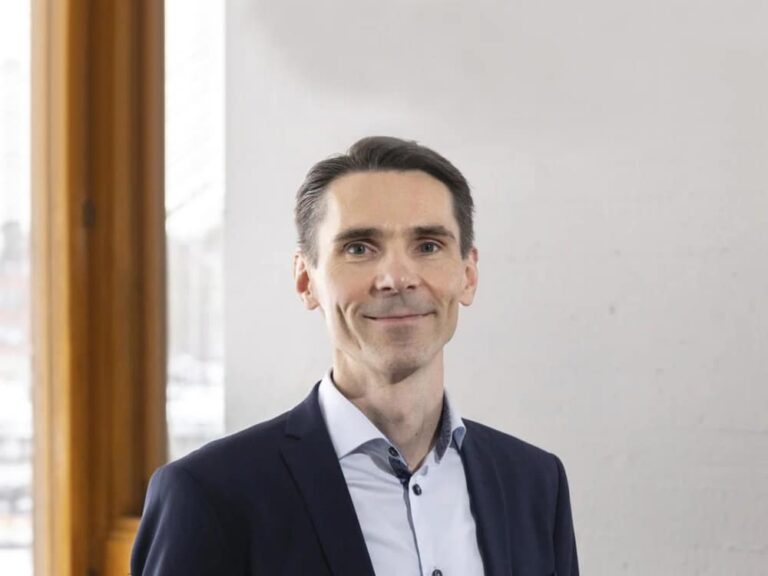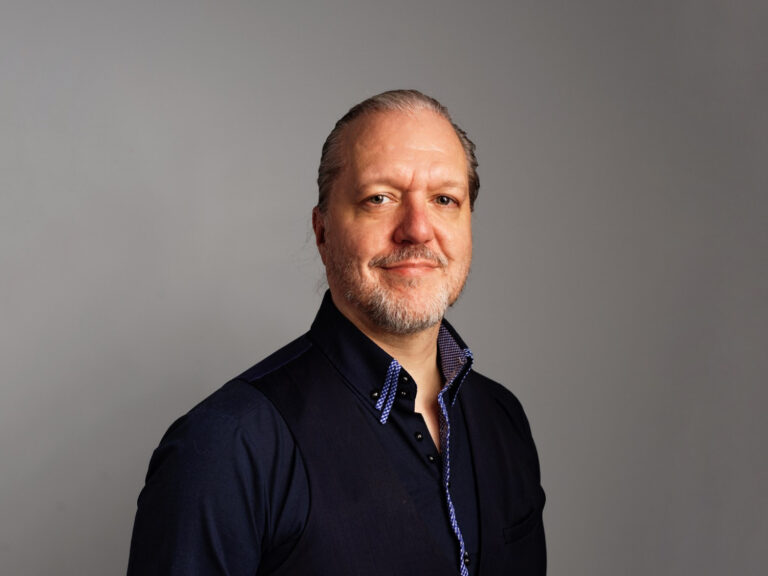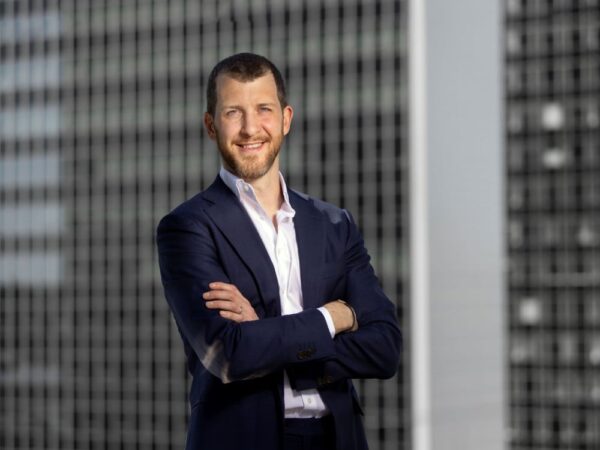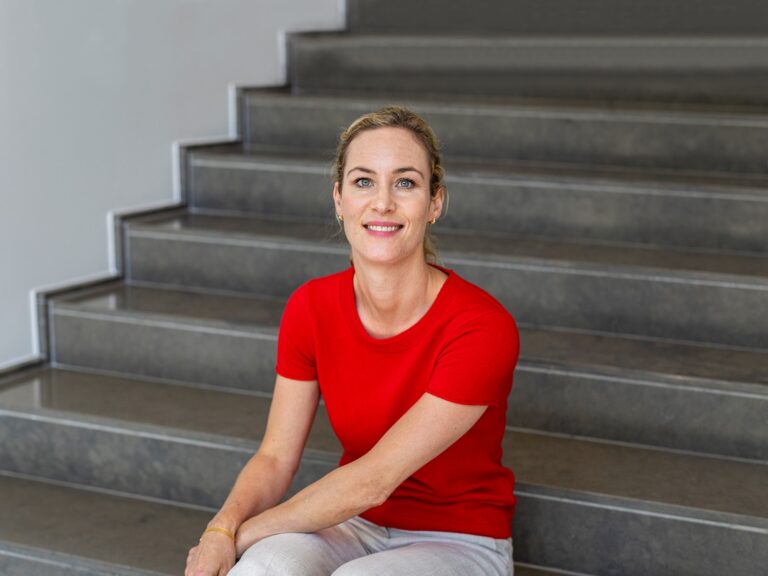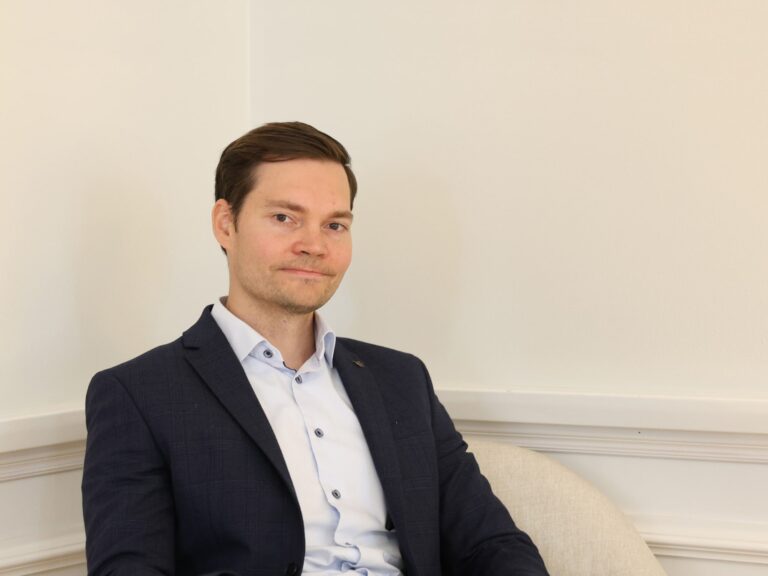Wealth managers are tasked with designing investment portfolios that align with clients’ needs, objectives, risk tolerance, preferences, and financial circumstances. While high-net-worth clients often have access to a broad range of investment products, Finnish wealth manager Index Asset Management has chosen to primarily build portfolios using Exchange Traded Funds (ETFs), spanning traditional, active, and alternative ETFs.
Model Portfolios Tailored to Client Preferences
Index Asset Management primarily structures its offerings around a series of model portfolios, each tailored to different objectives and client preferences, including risk tolerance and ESG considerations. Serving clients with net worth ranging from €1 million to €20 million, the firm provides modular solutions for equity and fixed income exposures, alongside an additional alternatives component. “Some products aim to generate a bit of alpha, while others are more index-like, with a low-cost profile,” explains Simo Rahikainen, Partner and Head of Research at Index Asset Management.
“Some products aim to generate a bit of alpha, while others are more index-like, with a low-cost profile.”
For the equity and fixed income building blocks, Index Asset Management offers multiple options, allowing clients to combine them according to their desired risk and return profile. Equity exposure, for example, consists of a core portfolio that broadly mirrors the geographical composition of global markets, complemented by a 20-30 percent “satellite” allocation to thematic, factor-based, and other specialized ETFs. “The fixed income component is well diversified, including government bonds, investment-grade credit, high-yield bonds, emerging market debt, corporates, and sovereigns,” Rahikainen notes.
Active Management Through ETFs
While ETFs are often associated with passive market exposure, Index Asset Management can take a more active approach with these instruments. “We can replicate active management ourselves using sector, factor, or geographic equity ETFs,” explains Rahikainen. The wealth manager has been using factor ETFs since its inception in 2013. “Momentum is my personal favorite strategy, given my background in systematic hedge funds,” he adds. “We’ve also incorporated low-volatility exposures at times to manage daily risk views.” The same active approach is applied to selecting fixed income ETFs, ensuring both equity and bond components align with clients’ targeted risk-return profiles amid changing market conditions.
“We can replicate active management ourselves using sector, factor, or geographic equity ETFs.”
“However, in terms of performance, we are targeting for selected benchmark performance, and risk is budgeted based on tracking error and beta in equity portfolios and duration and yield-to-maturity in fixed income portfolios,” elaborates Rahikainen. “Of course, without forgetting the ESG aspects if needed. This is an appropriate approach for our sophisticated Family Office and institutional clients.”
Exploring Alternatives via ETFs
Taking a step further into alternative investments, Rahikainen explains that Index Asset Management has been researching and developing a range of sophisticated strategies, including dimensional reduction techniques, principal component regime switching, and Markov process-based models applied to assets such as gold, silver, carbon, listed private equity, and other European-listed ETFs. One model portfolio, in particular, is specifically designed to provide robust diversification and additional risk-return drivers beyond traditional equity and fixed income exposures.
“We’ve been developing a model portfolio aimed at delivering strong diversification and risk-return drivers beyond equities and fixed income,” says Rahikainen. The portfolio currently includes gold, silver, other precious metals, and select commodity exposures among other suitable instruments. “Gold and silver have been the primary focus. Gold, in particular, provides strong risk mitigation, according to many academic studies,” he notes, adding that both metals have performed well over the past few years. The portfolio also incorporates carry ETFs, which are characterized as an absolute return strategies and offering diversification benefits by containing risk-return characteristics that are largely uncorrelated with traditional asset classes.
“We’ve been developing a model portfolio aimed at delivering strong diversification and risk-return drivers beyond equities and fixed income.”
Index Asset Management also seeks exposure to commodities for its portfolios, an area that requires careful selection and a deep understanding of the underlying instruments. “There are many types of commodity ETFs, and they differ in the futures contracts they use and the term structures – whether they focus on near-term or longer-dated contracts,” explains Rahikainen. Index Asset Management favors commodity basket ETFs with longer-dated futures, as they tend to provide a more stable return profile. “We can combine all these exposures in a way that mimics a hedge fund-style approach, targeting low volatility in 8–10 percent range,” he adds.
Alternative Asset Exposure: Listed Private Equity and ELTIFs
While ETFs have traditionally provided access to liquid public markets, recent years have seen the emergence of products designed to replicate or proxy alternative asset classes, including private equity, private credit, infrastructure, and real assets. Index Asset Management uses listed private equity ETFs to provide indirect, liquid exposure to private markets. These ETFs often outperform broad equity benchmarks like the MSCI World Index by capturing an illiquidity risk premium. “Similarly, REITs, listed infrastructure equities, and corporate fixed income act as liquid proxies for otherwise illiquid underlying investments.”
Additionally, the firm is exploring ELTIFs (European Long-Term Investment Fund), which provide semi-liquid exposure to non-listed equities, private credit, and infrastructure. These funds are typically semi-liquid or evergreen, with limited redemption windows, and are designed to capture both the diversification and illiquidity premia inherent in private markets. “We have begun using ELTIFs, which tend to be more multi-strategy, allowing us to diversify across non-listed equities, private credit, infrastructure, and even some direct private equity investments,” Rahikainen explains. “We try to replicate a diversified portfolio in the style of Yale or Harvard Endowments or usual large family offices, combining ELTIFs with other investments including commodities, gold and other relevant strategies.”
“We try to replicate a diversified portfolio in the style of Yale or Harvard Endowments or usual large family offices, combining ELTIFs with other investments including commodities, gold and other relevant strategies.”
However, Rahikainen does not expect ELTIFs to capture a significant share of the private markets space, which remains dominated by traditional fund structures. “I believe allocations to these products will likely stay relatively modest, around 10 to 30 percent, with clients continuing to make direct investments in private funds,” he says. Echoing Larry Fink of BlackRock, Rahikainen notes that the primary goal of ELTIFs is to increase liquidity in an otherwise illiquid segment of the market.
“Eventually ELTIFs, along with non-listed companies and private credit, will evolve into a liquid market similar to today’s listed space,” Rahikainen predicts. “When that happens, the illiquidity premium they currently offer may diminish. But this is a pattern we’ve seen across many strategies, such as factor ETFs,” according to Rahikainen. “Factor premiums have been much lower recently, and in some cases even negative, compared with 10 to 15 years ago. It’s becoming increasingly difficult to gain a meaningful edge from these exposures without a systematic approach for investment strategy modeling and portfolio construction.”
ETF Market Trends and Future Outlook
Rahikainen also notes that the ETF market in the United States is more dynamic and innovative than in Europe, which is only gradually catching up. “There’s a lot happening in the U.S., with ETFs – including leveraged versions on companies like Tesla or traditional covered call strategies – pushing the boundaries of innovation. Strategies such as CTAs are common there but largely absent in Europe,” he explains. “I’m looking forward to seeing European investors embrace these products more openly.”
“ETFs function like building blocks, allowing you to select specific factor exposures. With the right knowledge, you can model risk, adjust beta, and design a portfolio to achieve nearly any objective.”
While traditional ETFs may be simple and accessible for less sophisticated investors, the growing range and complexity of available ETFs now requires greater expertise in manager selection and portfolio construction. “The evolution has been particularly interesting for professionals,” Rahikainen notes. “Today, ETFs function like building blocks, allowing you to select specific factor exposures. With the right knowledge, you can model risk, adjust beta, and design a portfolio to achieve nearly any objective. That’s exactly the direction we’re moving in.”
For retail investors, Rahikainen acknowledges, navigating this complexity can be much more challenging. “It’s difficult if they focus solely on historical returns and pick a momentum or quality ETF, only to find it underperforming in a given market environment,” he explains. “This is why portfolio modeling with these building blocks is so important. Investors need to take a more active approach, optimizing allocations to maintain target risk levels.”





